DECORATING
WITHOUT FEAR
A STEP - BY - STEP GUIDE TO
CREATING THE HOME YOU LOVE
SHARON HANBY - ROBIE

Copyright 2007 by Sharon Hanby-Robie.
All rights reserved. No portion of this book may be reproduced, stored in a retrieval system, or transmitted in any form or by any meanselectronic, mechanical, photocopy, recording, or any otherexcept for brief quotations in printed reviews, without prior permission of the publisher.
Published in Nashville, Tennessee, by Thomas Nelson, Inc.
Thomas Nelson, Inc., titles may be purchased in bulk for educational, business, fundraising, or sales promotional use. For information, please e-mail SpecialMarkets@ThomasNelson.com.
Illustrations by Patty Minnick.
Credits for chapter opener photographs: Chapter 1 Photographer: Patty Minnick; room courtesy of Steven L. Edris, Builder, Lancaster, Penn. Chapter 2 Photographer: Lynn Noble; Interior Designer: Sharon Hanby-Robie. Chapter 3 Photographer: Patty Minnick; room courtesy of Charter Homes and Neighborhoods, Lancaster, Penn. Chapter 4 Photographer: Patty Minnick; room courtesy of Charter Homes and Neighborhoods, Lancaster, Penn. Chapter 5 Photographer: Lynn Noble; Interior Designer: Sharon Hanby-Robie. Chapter 6 Photographer: Patty Minnick; room courtesy of Charter Homes and Neighborhoods, Lancaster, Penn.
Text design by Bruce Gore.
Library of Congress Cataloging-in-Publication Data
Hanby-Robie, Sharon.
Decorating without fear : a step-by-step guide to creating the home you love / Sharon Hanby-Robie.
p. cm.
Includes index.
ISBN-13: 978-1-4016-0284-0
ISBN-10: 1-4016-0284-3
1. Interior decoration--Psychological aspects. I. Title.
NK2113.H255 2007
747--dc22
2006039011
Printed in the United States of America
07 08 09 10 11 5 4 3 2 1
To all my wonderful clients who have helped
inspire me to create interior environments that delight;
to my smart and good-humored assistant, Patty;
to my dream-inspiring husband, Dave;
and to my Lord, Jesus
CONTENTS
I am very grateful for all the clients who allowed me the pleasure of working with them and photographing their rooms for this book. I also want to acknowledge the builders who so graciously made their magnificent model homes available as well. A special thank-you goes to Charter Homes & Neighborhoods of Lancaster, Pennsylvania; Stephen L. Edris, builder, of Manheim, Pennsylvania; and Armstrong World Industries, ceilings and flooring divisions.
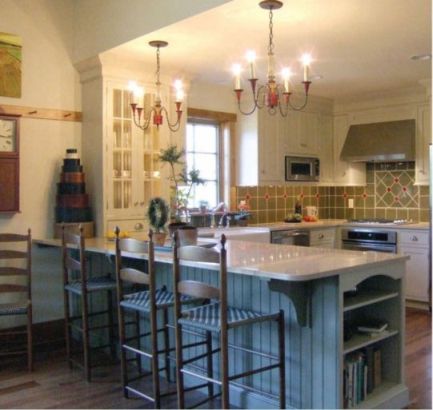
CHAPTER 1
Designing the
Big Picture
 STEP 1: PAY ATTENTION TO WHAT YOU LOVE
STEP 1: PAY ATTENTION TO WHAT YOU LOVE
 STEP 2: DEFINE YOUR STYLE
STEP 2: DEFINE YOUR STYLE
 STEP 3: DEFINE THE ESSENTIALS AND
STEP 3: DEFINE THE ESSENTIALS AND
ASSESS YOUR NEEDS
M y goal as an interior designer is to help people discover their own personal style and give them the confidence to make choices that are logical for their families and lifestyles, yet beautifully self-expressive.
Clients have told me that by doing this, I have given them the freedom to be themselves, and that after seeing their own creative ideas manifested, they have gained confidence in more than just decorating.
When I first meet with a new client, he or she is often focused on a specific item or room. But as a designer, I realize that making the most of any specific room requires understanding how the family functions throughout the house. Are there needs that are not being met, such as adequate study centers or entertainment areas, that could be accommodated in the room we are currently addressing?
As an interior designer, I approach each project as a one-of-a-kind situation, with the goal of getting into the hearts and minds of my clients to bring their needs and desires into reality. Establishing a strong relationship with my clients is necessary if I am to accomplish the goal of creating environments that are uniquely designed for the individuals residing there.
As you read, I will ask you the same prying questions that I would if you were sitting across the desk from me. Its a simple way for me to get to know you and your desires for your home. So lets get started!
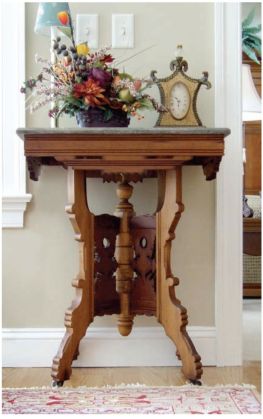
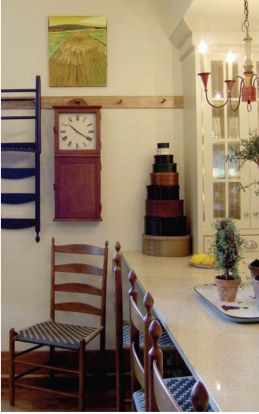
One of the most frequently asked questions that I hear when working with clients is, Where do I begin? My answer is, Start with something you love. That may seem a bit too simple, but it is truly the best place to start. It could be a painting, a piece of fabric, a pillow, a vase, or even an antique relic that has been passed through the family. Of course, most people do pay attention to the latest trends and listen to the advice of what the current design guru might be saying. Thats fineits nice to know what others think. But ultimately, the only opinion that should matter is your own. After all, this is your homeand it should be your fingerprints, your style, your colors, and your life that gets incorporated into it.
Creating a home that is uniquely designed for you and your family is a thoughtful process that requires commitment to the evolving plan.
Design is about your own way of seeing the world. Personal style includes everything that you touch and see. Your home should tell the story of your life. That means that completing your design will take a lifetime of building and believing in your own style. As you and your family grow and change, so too should your home develop to meet those changing needs. By simply incorporating possessions that you love and things that make you smile, the process will naturally evolve into an overall design that you find irresistible. As you continue to read, I want you to learn to trust your instincts and follow your heart.
Discovering your hearts desires is a process in itself. Have you ever walked into a home that was completely different from your own style and surprised yourself by responding to it in a very positive way? Perhaps it was a home that was for sale, a model home, or even a friends home. Despite the fact that it was not what you considered your style, you found it so appealing that you thought, Why not try this for myself? Perhaps it was a home filled with great American antiques. You loved it and suddenly wondered why you never considered such a style before.
If you have had an experience like this, I want you to reconstruct how you felt and discern what it was you might have been responding to. Did the home appeal to you because it was so graciously put together? Was it without the normal clutter and noise that daily life can bring? Was it simply the total atmosphere of calm and welcome that you found so appealing? Or was it the colors? Was there one specific trait, architectural feature, or piece of furniture that you remember finding particularly attractive?
Simply learning to be aware of your emotional response to environments is one of the important keys to identifying your own personal design style. Most people can more easily tell me what they dont like than what they do like. Part of the reason is that they are afraid to commit to something that they might have to live with for a very long time. Other times, it is a lack of confidence and an inability to trust or articulate their opinion and feelings.
Next page
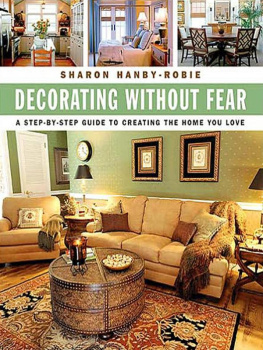




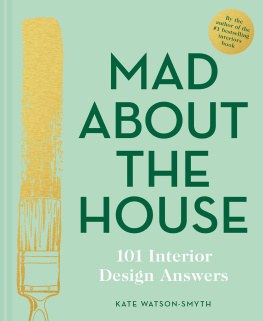
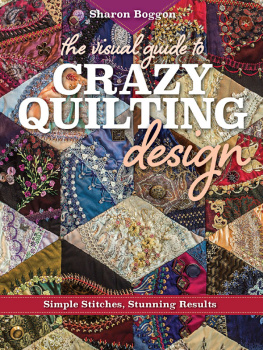
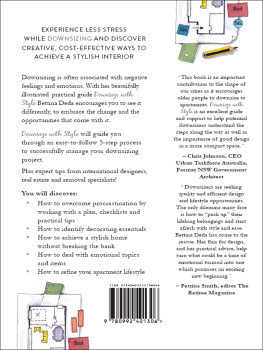
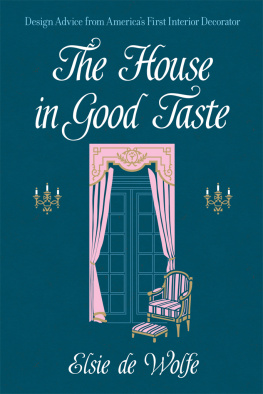


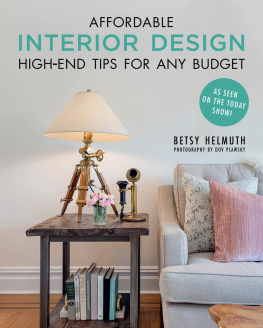


 STEP 1: PAY ATTENTION TO WHAT YOU LOVE
STEP 1: PAY ATTENTION TO WHAT YOU LOVE
